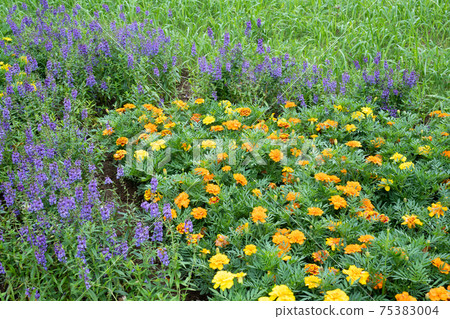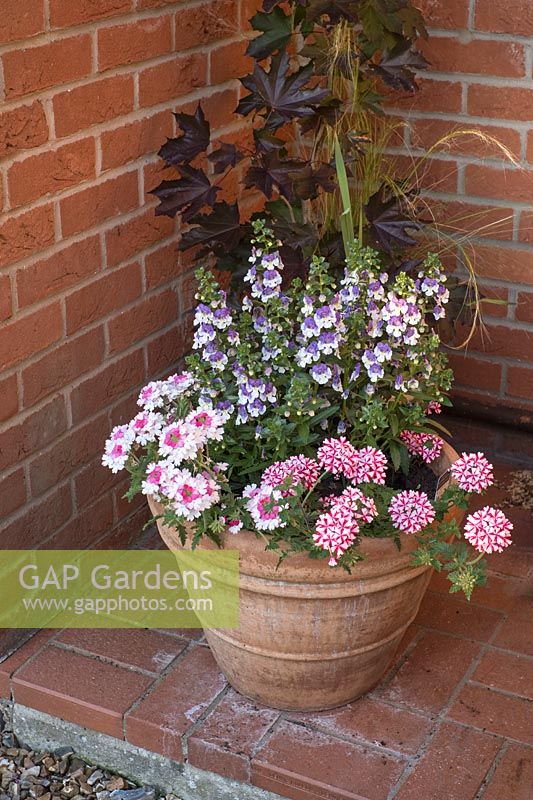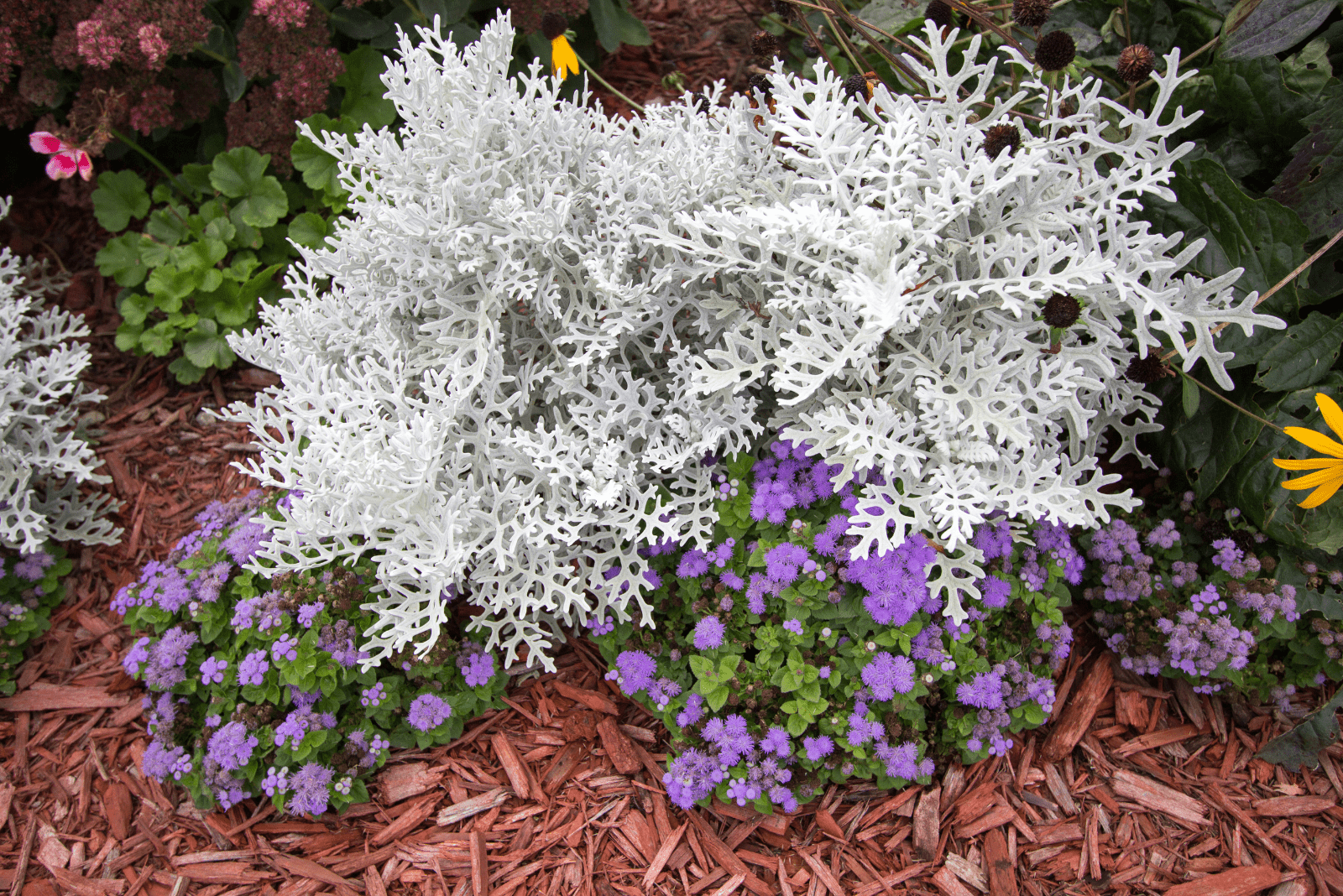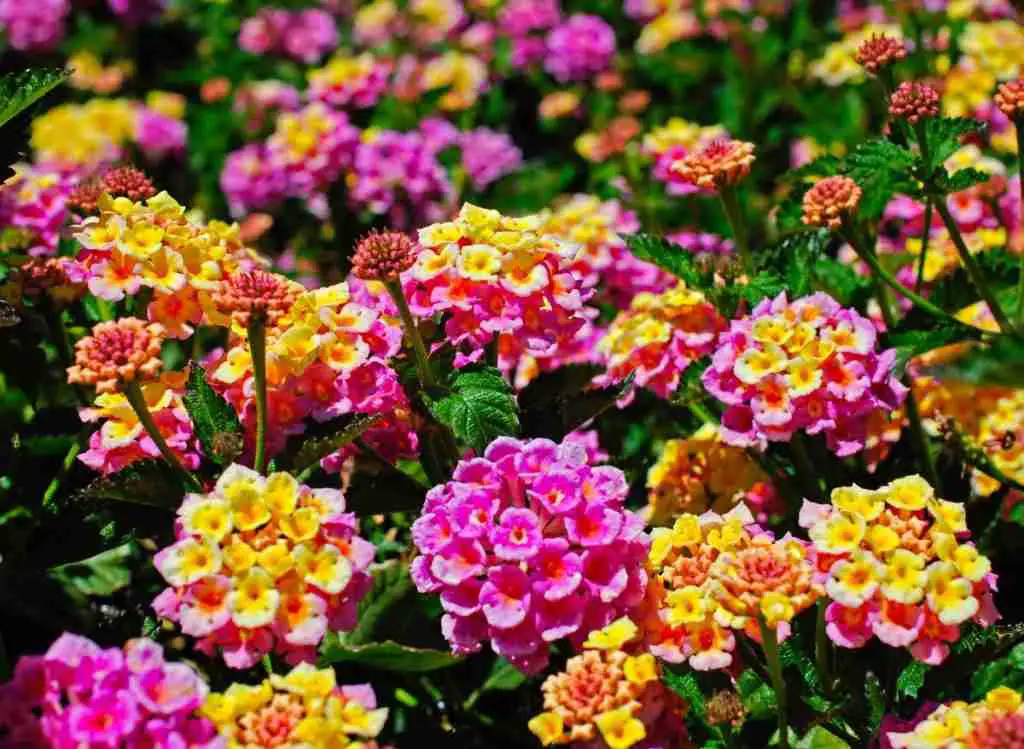Best Companion Plants For Angelonia
Best Companion Plants for Angelonia
Angelonia is a popular annual plant that is known for its long-lasting, colorful blooms. It is a relatively easy plant to care for and can be grown in a variety of settings, including gardens, containers, and window boxes.
One of the best things about angelonia is that it can be paired with a variety of other plants to create beautiful and complementary displays. When choosing companion plants for angelonia, it is important to consider the plant's light requirements, water needs, and growth habit.
Here are some of the best companion plants for angelonia:
- Petunias: Petunias are another popular annual plant that is known for its colorful blooms. They are both sun-loving plants that require regular watering. Petunias and angelonia can be planted together in a variety of combinations, such as a mixed border or a container garden.
- Zinnias: Zinnias are another sun-loving annual plant that is known for its long-lasting blooms. They are a bit more drought tolerant than petunias, so they can be a good choice for gardens that do not receive a lot of rain. Zinnias and angelonia can be planted together in a variety of combinations, such as a mixed border or a container garden.

- Marigolds: Marigolds are a hardy annual plant that is known for its bright orange and yellow blooms. They are not as drought tolerant as zinnias, but they are still relatively easy to care for. Marigolds and angelonia can be planted together in a variety of combinations, such as a mixed border or a container garden.

- Verbena: Verbena is another sun-loving annual plant that is known for its long-lasting blooms. It is a bit more water-loving than angelonia, so it is important to make sure that the soil is kept moist. Verbena and angelonia can be planted together in a variety of combinations, such as a mixed border or a container garden.

- Dusty miller: Dusty miller is a low-growing annual plant that is known for its silvery-green foliage. It is a relatively drought-tolerant plant that can help to add texture and interest to a garden. Dusty miller and angelonia can be planted together in a variety of combinations, such as a mixed border or a container garden.

In addition to these plants, angelonia can also be paired with a variety of other annuals, such as calibrachoa, geraniums, and impatiens. When choosing companion plants, it is important to experiment and find combinations that you like.
Angelonia is a beautiful and versatile plant that can add color and interest to any garden. It's also a great choice for pollinator gardens, as it attracts bees, butterflies, and hummingbirds. If you're planning to plant angelonia in your garden, you'll want to choose companion plants that will complement its growth habit and flowering season.
Some good companion plants for angelonia include:
- Salvia: Both angelonia and salvia have upright, spiky flowers that create a complementary effect when planted together. Salvia comes in various colors, which can be used to create striking color combinations. Gardenia Inspiration
- Echinacea: The daisy-like flowers of echinacea pair beautifully with the spiky blooms of angelonia, creating a contrast in flower shapes while attracting pollinators. Gardenia Inspiration
- Petunia: Petunias add vibrant colors and a more rounded, trailing growth habit that contrasts nicely with the upright structure of angelonia. Gardenia Inspiration
- Zinnia: Zinnias are another great choice for pollinator gardens, and they come in a variety of colors that can be mixed and matched with angelonia. Gardenia Inspiration
- Marigold: Marigolds are not only beautiful flowers, but they also help to repel pests. They're a great choice for companion planting with angelonia, especially if you're concerned about aphids or other insect problems. Gardenia Inspiration
For more information about angelonia companion plants, please visit Gardenia Inspiration. This website has a wealth of information on angelonia care and cultivation, including a list of recommended companion plants.
FAQ of angelonia companion plants
- What are some good companion plants for angelonia?
- Angelonia is a versatile plant that can be paired with a variety of other plants. Some good companion plants for angelonia include:
- Petunias: Petunias and angelonia have similar growing requirements and can be planted together in flower beds or containers. They both bloom profusely in full sun and need regular watering.
- Verbena: Verbena is another popular summer annual that can be paired with angelonia. Verbena comes in a variety of colors, so you can choose ones that complement the colors of your angelonia plants.
- Scaevola: Scaevola is a low-growing plant that can be used to fill in the spaces between angelonia plants. It has small, blue flowers that bloom all summer long.
- Dusty Miller: Dusty Miller is a silver-leaved plant that can add contrast to the bright colors of angelonia. It is drought-tolerant and does not require much care.
- Torenia: Torenia is a trailing plant that can be used to cascade over the edges of containers or flower beds. It has small, purple or white flowers that bloom all summer long.
- What are the benefits of planting angelonia with companion plants?
- Companion planting can help to improve the health and productivity of your angelonia plants. Some of the benefits of planting angelonia with companion plants include:
- Increased pollination: Some companion plants, such as petunias and verbena, attract pollinators such as bees and butterflies. These pollinators help to pollinate angelonia flowers, which leads to more blooms.
- Reduced pests and diseases: Some companion plants, such as dusty miller and torenia, can help to deter pests and diseases from angelonia plants. For example, dusty miller is a natural insect repellent.
- Improved drainage: Some companion plants, such as scaevola, can help to improve the drainage of the soil around angelonia plants. This is important because angelonia plants do not like to sit in wet soil.
- Enhanced aesthetic appeal: Companion planting can also enhance the aesthetic appeal of your garden. By pairing angelonia with plants of different colors, textures, and heights, you can create a more visually interesting and appealing display.
- What are some things to keep in mind when planting angelonia with companion plants?
- When choosing companion plants for angelonia, it is important to consider the plants' growing requirements. Angelonia plants need full sun and well-drained soil. Make sure that your companion plants have similar growing requirements so that they can all thrive in the same environment.
- It is also important to consider the plants' size and habit when planting them together. Angelonia plants can grow up to 2 feet tall and wide. Make sure to give them enough space to grow so that they do not crowd out their companion plants.
- Finally, you may want to consider the plants' color and texture when planting them together. Angelonia comes in a variety of colors, so you can choose plants that complement each other. You may also want to consider plants with different textures, such as smooth-leaved plants and fuzzy-leaved plants.
- How far apart should angelonia and its companion plants be planted?
- The distance between angelonia and its companion plants will depend on the size of the plants. Angelonia plants can grow up to 2 feet tall and wide, so you should plant them 12-18 inches apart. Their companion plants should be planted at a similar distance apart.
- If you are planting angelonia in a container, you will need to choose a container that is large enough for the plants to grow. The container should have at least a 12-inch diameter and a depth of 12 inches.
- When should angelonia and its companion plants be planted?
- Angelonia plants can be planted in the spring or fall. If you are planting them in the spring, wait until the soil has warmed up to at least 60 degrees Fahrenheit. If you are planting them in the fall, plant them at least 6 weeks before the first frost.
- Their companion plants can also be planted in the spring or fall. Be sure to follow the planting instructions for each plant.
Image of angelonia companion plants
5 different images of "angelonia companion plants" from Pinterest:
- Angelonia and petunias. These two plants are both heat-loving and drought-tolerant, making them perfect companions for each other. They also have similar bloom times, so you can enjoy their colorful flowers all summer long.

- Angelonia and zinnias. Zinnias and angelonia are both annuals that come in a wide range of colors. They can be planted together in a flower bed or container to create a colorful and vibrant display.

- Angelonia and verbena. Verbena is another heat-loving annual that blooms all summer long. It has a trailing habit, so it's a good choice for adding height and interest to the front of a flower bed.

- Angelonia and dusty miller. Dusty miller is a silvery-leaved plant that adds contrast to the bright colors of angelonia. It's also drought-tolerant and low-maintenance, making it a great companion plant.

- Angelonia and lantana. Lantana is a colorful and versatile plant that can be used in a variety of ways. It's a good choice for planting with angelonia in a container or flower bed.

Post a Comment for " Best Companion Plants For Angelonia"